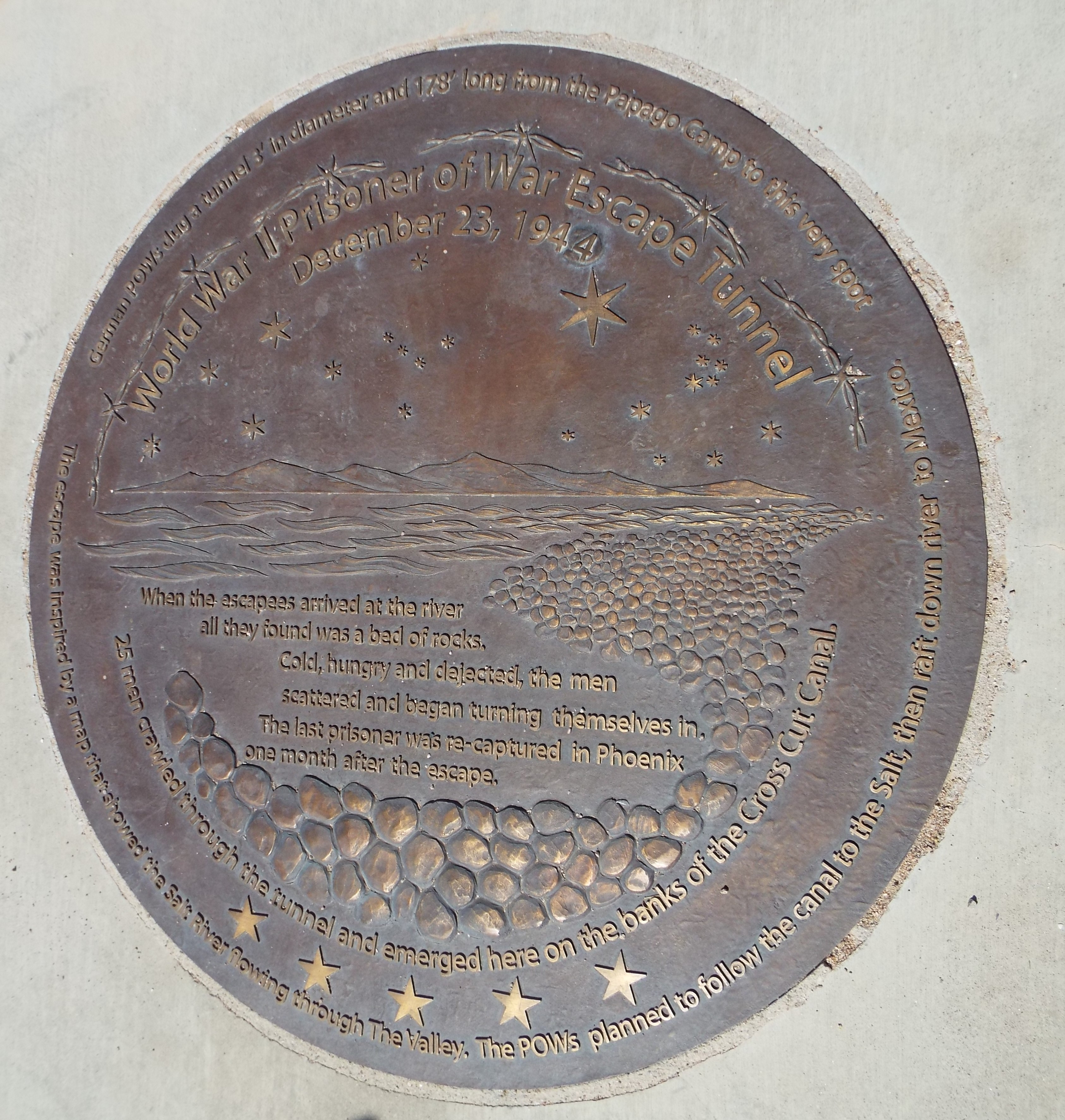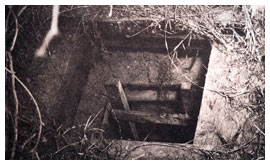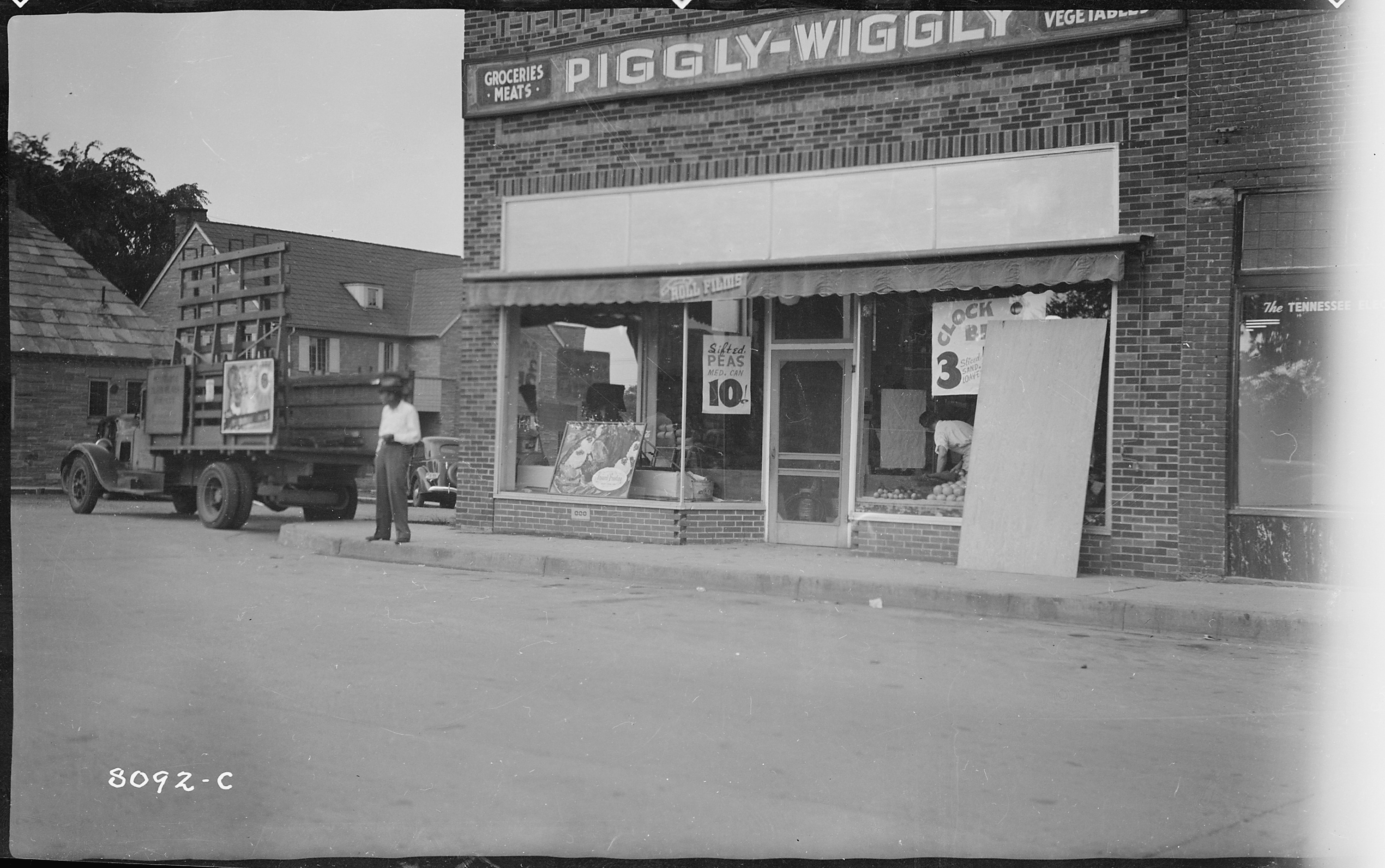|
Jürgen Wattenberg
Jürgen Wattenberg (28 December 1900 – 27 September 1995) was a German naval officer and U-boat commander during the Second World War. In a successful career spanning just under a year, he sank 14 ships, a total of . Wattenberg had an eventful war, serving initially aboard the pocket battleship ''Admiral Graf Spee'' during the Battle of the River Plate and up until her scuttling off Montevideo. He was interned in Uruguay but escaped and made his way back to Germany where he joined the U-boat service. He was the first and only commander of , which he commanded for three war patrols, becoming one of the oldest U-boat commanders of the entire war. He achieved several successes before his U-boat was attacked and sunk by British warships. Taken prisoner once more, Wattenberg was imprisoned in the United States, where he contrived to escape again, spending over a month at large. He was released after the end of the war and settled in Germany, where he died in 1995, aged 94. Early li ... [...More Info...] [...Related Items...] OR: [Wikipedia] [Google] [Baidu] |
Lübeck
Lübeck (; Low German also ), officially the Hanseatic City of Lübeck (german: Hansestadt Lübeck), is a city in Northern Germany. With around 217,000 inhabitants, Lübeck is the second-largest city on the German Baltic coast and in the state of Schleswig-Holstein, after its capital of Kiel, and is the 35th-largest city in Germany. The city lies in Holstein, northeast of Hamburg, on the mouth of the River Trave, which flows into the Bay of Lübeck in the borough of Travemünde, and on the Trave's tributary Wakenitz. The city is part of the Hamburg Metropolitan Region, and is the southwesternmost city on the Baltic, as well as the closest point of access to the Baltic from Hamburg. The port of Lübeck is the second-largest German Baltic port after the port of Rostock. The city lies in the Northern Low Saxon dialect area of Low German. Lübeck is famous for having been the cradle and the ''de facto'' capital of the Hanseatic League. Its city centre is Germany's most extens ... [...More Info...] [...Related Items...] OR: [Wikipedia] [Google] [Baidu] |
Kapitänleutnant
''Kapitänleutnant'', short: KptLt/in lists: KL, ( en, captain lieutenant) is an officer grade of the captains' military hierarchy group () of the German Bundeswehr. The rank is rated OF-2 in NATO, and equivalent to Hauptmann in the Heer and Luftwaffe. It is grade A11 or A12 in the pay rules of the Federal Ministry of Defence. Address In line with ZDv 10/8, the formal manner of addressing people with the rank ''Kapitänleutnant'' (OF-2) is "Herr/Frau Kapitänleutnant". However, in German tradition and in line with seamen's language, the title is abbreviated to "Herr/Frau Kaleu" in verbal communication (contemporary usage). Historically, in the Wehrmacht, the abbreviation spoken was "Herr Kaleun". Rank and assignment The United States Navy's rank of lieutenant is equal to ''Kapitänleutnant'' in NATO's military hierarchy (classed as OF-2). However German Navy ''Kapitänleutnant'' might be assigned to the so-called “line officer career” (de: Truppendienstlaufbahn or Truppe ... [...More Info...] [...Related Items...] OR: [Wikipedia] [Google] [Baidu] |
The New York Times
''The New York Times'' (''the Times'', ''NYT'', or the Gray Lady) is a daily newspaper based in New York City with a worldwide readership reported in 2020 to comprise a declining 840,000 paid print subscribers, and a growing 6 million paid digital subscribers. It also is a producer of popular podcasts such as '' The Daily''. Founded in 1851 by Henry Jarvis Raymond and George Jones, it was initially published by Raymond, Jones & Company. The ''Times'' has won 132 Pulitzer Prizes, the most of any newspaper, and has long been regarded as a national " newspaper of record". For print it is ranked 18th in the world by circulation and 3rd in the U.S. The paper is owned by the New York Times Company, which is publicly traded. It has been governed by the Sulzberger family since 1896, through a dual-class share structure after its shares became publicly traded. A. G. Sulzberger, the paper's publisher and the company's chairman, is the fifth generation of the family to head the pa ... [...More Info...] [...Related Items...] OR: [Wikipedia] [Google] [Baidu] |
Camp Papago Park
Camp Papago Park was a prisoner of war (POW) facility located in Papago Park in the eastern part of Phoenix, Arizona, United States. It consisted of five compounds, four for enlisted men and one for officers. The property now is divided between the Papago Park Military Reservation, belonging to the Arizona National Guard, a city park, residential neighborhoods and a car dealer's lot. Called ''Schlaraffenland''—the land of milk and honey—by its mostly U-boat-crew inmates, Camp Papago Park was very different from Axis POW camps, especially with regard to how prisoners were treated: Inmates were not required to work or study, though many chose to as a means of combating boredom (though mostly the latter, as there were only 700 volunteers for labor tasks). The camp had a theater where films were screened twice a week and the camp choir could practice. Much of this was discussed, along with anything else the prisoners who wrote ''The Papago Rundschau,'' the camp's newspaper, chose to ... [...More Info...] [...Related Items...] OR: [Wikipedia] [Google] [Baidu] |
Crossville, Tennessee
Crossville is a city in and the county seat of Cumberland County, Tennessee, United States. It is part of the Crossville, TN Micropolitan Statistical Area. The population was 12,071 at the 2020 census. History Crossville developed at the intersection of a branch of the Great Stage Road, which connected the Knoxville area with the Nashville area, and the Kentucky Stock Road, a cattle drovers' path connecting Middle Tennessee with Kentucky and later extending south to Chattanooga. These two roads are roughly paralleled by modern US-70 and US-127, respectively. Around 1800, an early American settler named Samuel Lambeth opened a store at this junction, and the small community that developed around it became known as Lambeth's Crossroads. The store was located at what has become the modern intersection of Main Street and Stanley Street, just south of the courthouse. By the time a post office was established in the 1830s, the community had taken the name of "Crossville". In the e ... [...More Info...] [...Related Items...] OR: [Wikipedia] [Google] [Baidu] |
Fort Hunt Park
Fort Hunt Park is a public park located in Fort Hunt, Fairfax County, Virginia. It is administered by the National Park Service as part of the George Washington Memorial Parkway. The park preserves the remains of the eponymous Fort Hunt, portions of which date to the time of the Spanish–American War. The park was named after Brigadier General Henry Hunt, who served as chief of artillery of the Army of the Potomac during the Civil War. Remains of several of the fort's original batteries, including Battery Mount Vernon, Battery Robinson, and Battery Sater, and Battery Porter (named after Lt. James Porter, an officer who was killed at Custer's Last Stand at the Little Bighorn.), have been preserved, and may still be visited today. The structures have been stabilized enough that visitors are able to climb on them without difficulty. Besides the batteries, the battery commander's station still stands; in addition, a flagpole has been erected as a memorial to the intelligence office ... [...More Info...] [...Related Items...] OR: [Wikipedia] [Google] [Baidu] |
German Prisoners Of War In The United States
Members of the German military were interned as prisoners of war in the United States during World War I and World War II. In all, 425,000 German prisoners lived in 700 camps throughout the United States during World War II. World War I Hostilities ended six months after the United States saw its first action in World War I, and only a relatively small number of German prisoners of war reached the U.S. Many prisoners were German sailors caught in port by U.S. forces far away from the European battlefield. The first German POWs were sailors from SMS Cormoran (1909), SMS ''Cormoran'', a German merchant raider anchored in Apra Harbor, Guam on the day that war was declared. The United States Department of War designated three locations as POW camps during the war: Forts Fort McPherson, McPherson and Fort Oglethorpe (Fort Oglethorpe, Georgia), Oglethorpe in Georgia and Fort Douglas in Utah. The exact population of German POWs in World War I is difficult to ascertain because they were ... [...More Info...] [...Related Items...] OR: [Wikipedia] [Google] [Baidu] |
Prisoners Of War
A prisoner of war (POW) is a person who is held Captivity, captive by a belligerent power during or immediately after an armed conflict. The earliest recorded usage of the phrase "prisoner of war" dates back to 1610. Belligerents hold prisoners of war in custody for a range of legitimate and illegitimate reasons, such as isolating them from the enemy combatants still in the field (releasing and Repatriation, repatriating them in an orderly manner after hostilities), demonstrating military victory, punishing them, prosecuting them for war crimes, exploitation of labour, exploiting them for their labour, recruiting or even Conscription, conscripting them as their own combatants, collecting military and political intelligence from them, or Indoctrination, indoctrinating them in new political or religious beliefs. Ancient times For most of human history, depending on the culture of the victors, enemy fighters on the losing side in a battle who had surrendered and been taken as ... [...More Info...] [...Related Items...] OR: [Wikipedia] [Google] [Baidu] |
Depth Charge
A depth charge is an anti-submarine warfare (ASW) weapon. It is intended to destroy a submarine by being dropped into the water nearby and detonating, subjecting the target to a powerful and destructive Shock factor, hydraulic shock. Most depth charges use explosive, high explosive charges and a fuze set to detonate the charge, typically at a specific depth. Depth charges can be dropped by ships, patrol aircraft, and helicopters. Depth charges were developed during World War I, and were one of the first viable methods of attacking a submarine underwater. They were widely used in World War I and World War II, and remained part of the anti-submarine arsenals of many navies during the Cold War, during which they were supplemented, and later largely replaced, by anti-submarine homing torpedoes. A depth charge fitted with a nuclear warhead is also known as a "nuclear depth bomb". These were designed to be dropped from a patrol plane or deployed by an anti-submarine missile from a s ... [...More Info...] [...Related Items...] OR: [Wikipedia] [Google] [Baidu] |
Trinidad
Trinidad is the larger and more populous of the two major islands of Trinidad and Tobago. The island lies off the northeastern coast of Venezuela and sits on the continental shelf of South America. It is often referred to as the southernmost island in the West Indies. With an area of , it is also the List of Caribbean islands by area, fifth largest in the West Indies. Name The original name for the island in the Arawak language, Arawaks' language was which meant "Land of the Hummingbird". Christopher Columbus renamed it ('The Island of the Holy Trinity, Trinity'), fulfilling a vow he had made before setting out on his third voyage. This has since been shortened to ''Trinidad''. History Island Caribs, Caribs and Arawaks lived in Trinidad long before Christopher Columbus encountered the islands on his third voyage on 31 July 1498. The island remained Spanish until 1797, but it was largely settled by French colonists from the French Caribbean, especially Martinique.Besson, ... [...More Info...] [...Related Items...] OR: [Wikipedia] [Google] [Baidu] |
Lorient
Lorient (; ) is a town (''Communes of France, commune'') and Port, seaport in the Morbihan Departments of France, department of Brittany (administrative region), Brittany in western France. History Prehistory and classical antiquity Beginning around 3000 BC, settlements in the area of Lorient are attested by the presence of Megalith, megalithic architecture. Ruins of Roman roads (linking Vannes to Quimper and Port-Louis, Morbihan, Port-Louis to Carhaix) confirm Gallo-Roman presence. Founding In 1664, Jean-Baptiste Colbert founded the French East Indies Company. In June 1666, an Ordonnance, ordinance of Louis XIV of France, Louis XIV granted lands of Port-Louis, Morbihan, Port-Louis to the company, along with Faouédic on the other side of the roadstead. One of its directors, Denis Langlois, bought lands at the confluence of the Scorff and the Blavet rivers, and built slipways. At first, it only served as a subsidiary of Port-Louis, where offices and warehouses were loc ... [...More Info...] [...Related Items...] OR: [Wikipedia] [Google] [Baidu] |

.png)







